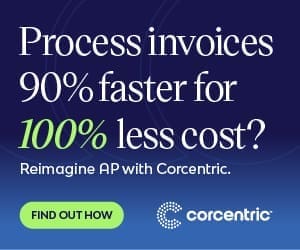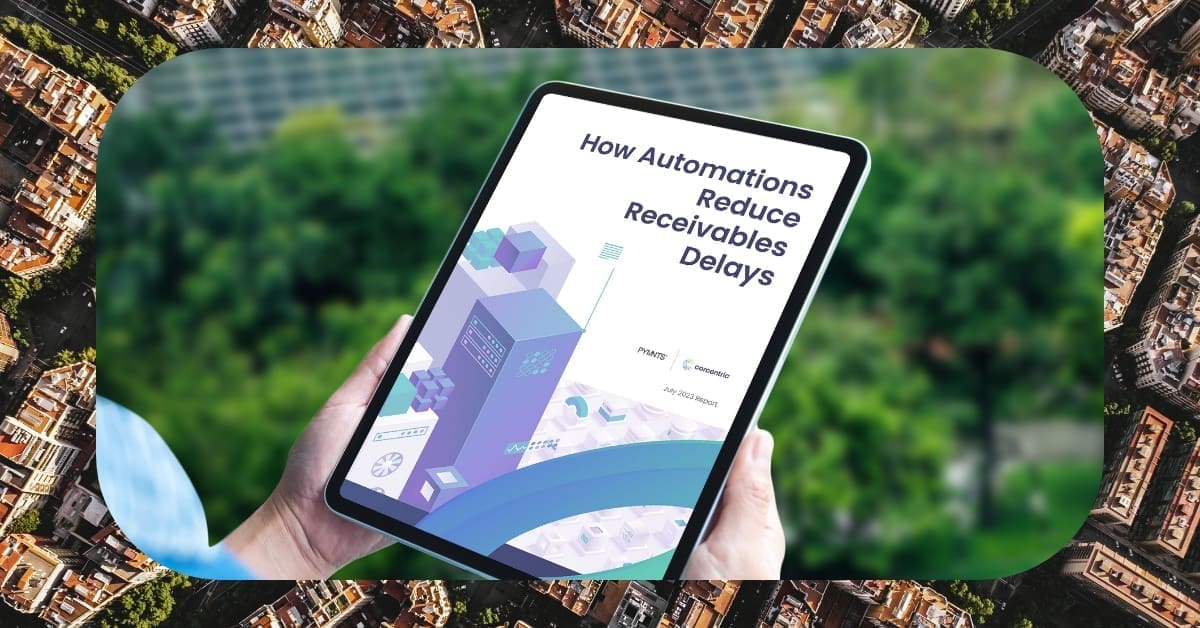The Risk Of Not Using Software For Dso
Corcentric

DAY SALES OUTSTANDING FORMULA
Day sales outstanding (DSO) is an essential metric for the order-to-cash (O2C) cycle of any finance operation. Monitoring DSO performance gives finance executives an efficient approach to mitigate the risk of non-payment and liquidity issues. With multiple financial elements involved in the accounting process, manual calculation of DSO can significantly complicate the process and leave organizations open to costly errors. By not utilizing software for DSO calculations, an entity may pay the cost of inaccuracies, missed opportunities, and reduced control.
Regulatory compliance is persistent concern of finance executives, yet manual tracking of DSO can lead to difficulty in meeting such mandates. Since inception, the goal of an effective O2C process has been to optimize cash flow while minimizing risk. Weaknesses in the process can direct resources away from the intended use, resulting in decreased visibility and control. Without software solutions in place, finance entities are exposed to the costly complication of incorrect calculations as well as the administrative burden of manual data sources.
From strategic perspective, non-utilization of software for DSO calculation impedes one?s ability to stay ahead of competitors. By not taking steps to streamline the O2C process, efficiency and accuracy is lost, making it difficult for companies to stay afloat in the industry. Automation and real-time insights can help organizations measure, track, and predict DSO performance something manual processes fall short of.
Finally, risk of non-payment associated with manual O2C process can cause severe disruption with suppliers and potentially impact credit ratings. Slow and incorrect payment processing can quickly lead to hindered client relationships and potential legal ramifications. Utilizing software solutions with payments functions can give organizations more control to process and analyze payments-related data.
Software solutions provide the necessary data to identify and strategize towards improved efficiencies, reduced costs, and overall improved liquidity. CFOs, controllers, and accountants looking to leverage the full potential of O2C operations are encouraged to implement technology solutions to address their demand and risk management needs.

